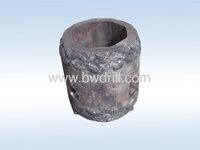Trembull
Sr. Member
What might the weight be?
It's down over 340'
What would it take to move it a little or
Get it to the surface?
Nice find Old Man
It's down over 340'
What would it take to move it a little or
Get it to the surface?
Nice find Old Man





 let's drown our sorrows with
let's drown our sorrows with 
 .
.





